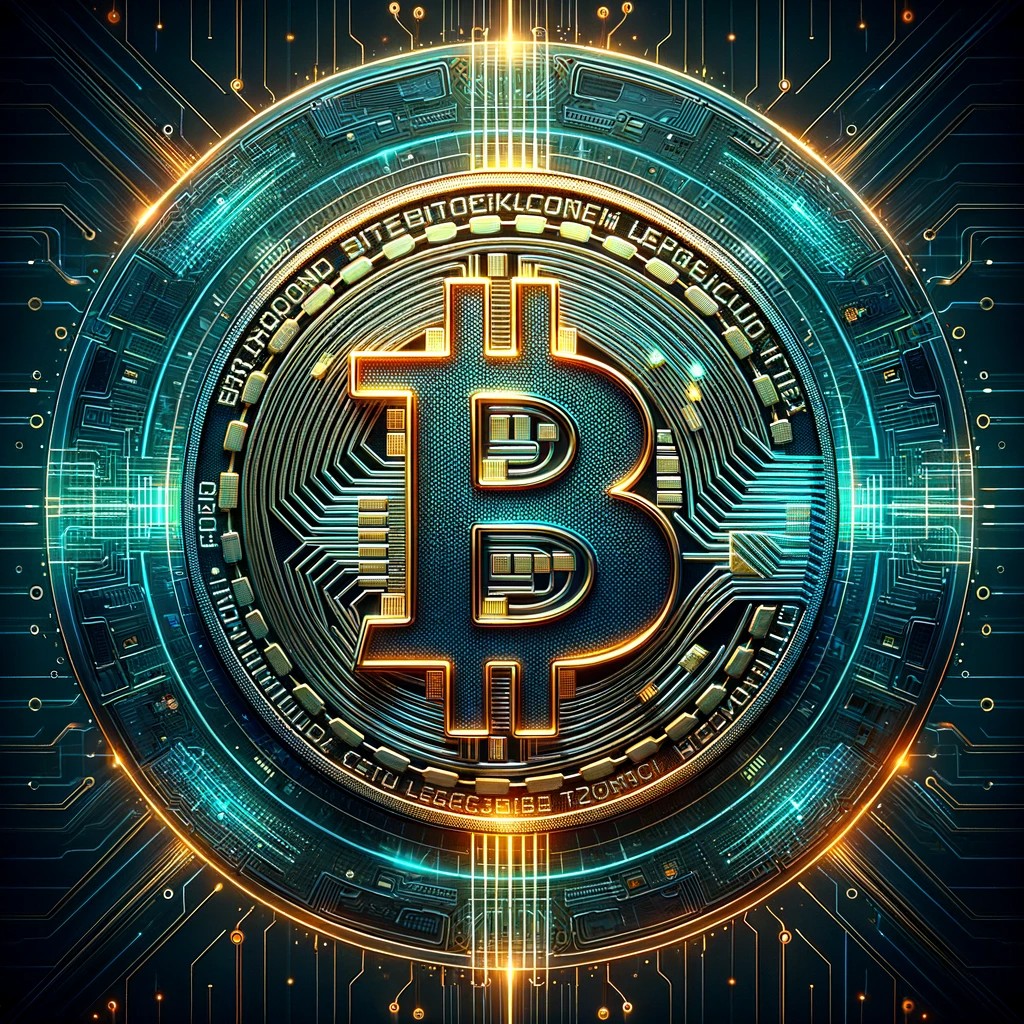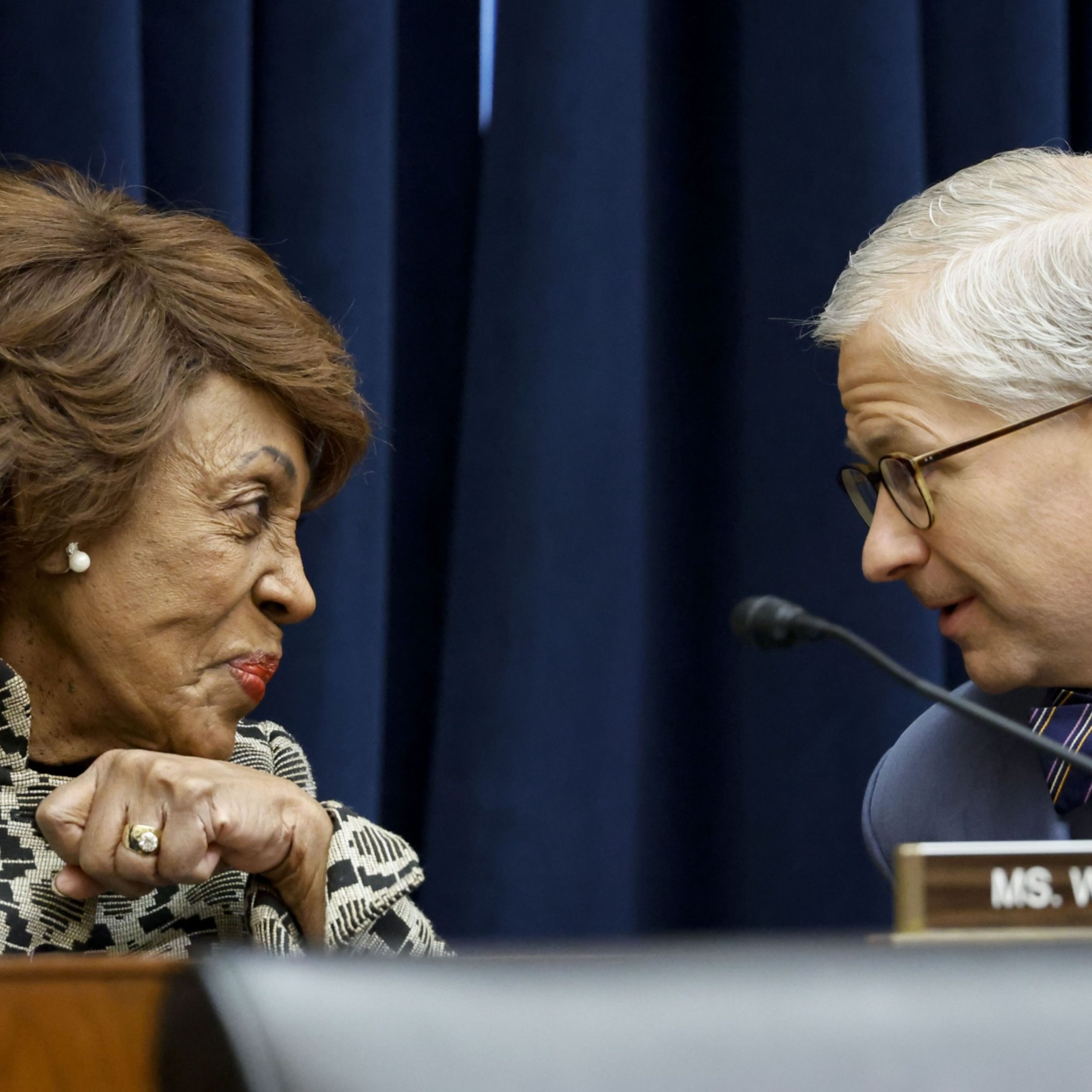Bitcoin Ordinals, an innovative concept introduced in 2023, has made headlines again by inscribing a significant tweet from SEC Chair Gary Gensler onto the blockchain. This move, executed by digital artist and coder Billy Restey, has immortalized Gensler’s response to a misleading post about Bitcoin ETF approval.
On a Tuesday, a security breach of the SEC’s official Twitter account led to a spurious announcement concerning approving a Bitcoin ETF. Gensler quickly countered this misinformation, whose clarifying tweet not only quelled market unrest but also sparked an internal investigation. Restey’s decision to inscribe this tweet onto the blockchain ensures its permanent record, reflecting the volatility and the historical significance of such events in the cryptocurrency world.
The inscription details and market impact
The tweet in question, now an immutable part of digital history, was inscribed on January 9, 2024, at 10:01 PM GMT. It was encapsulated within Bitcoin creation block 825,059 as a 24.32 KB WEBP image file. The cost for this digital creation amounted to 258,177 sats, equivalent to approximately $117, as indicated in the transaction details.
This event underscores the growing trend of using Bitcoin Ordinals to inscribe unique data. A report from Blockworks Research tagged 2023 as “The Year of Ordinals,” highlighting over $80 million spent on Bitcoin fees for approximately 40 million inscriptions. A DUNE dashboard further revealed that there have been 54,055,669 inscriptions on the Bitcoin blockchain, accumulating an all-time fee expenditure of about $195.4 million. These inscriptions mark significant moments and contribute financially to Bitcoin miners.
The market reacted tumultuously to the false ETF approval post, demonstrating the sensitivity of the crypto market to official announcements. The swift action by Gensler and the subsequent inscription by Restey highlights the evolving nature of blockchain as a tool for recording and preserving significant digital events.
Debates and the future of Bitcoin Ordinals
The advent of Bitcoin Ordinals has not been without controversy. While some in the crypto community see it as a revolutionary step, others are concerned about its potential impact on network congestion. Bitcoin Ordinals allow for the inscription of unique pieces of data onto the smallest unit of Bitcoin, a satoshi, effectively enabling the Bitcoin blockchain to participate in the NFT (Non-Fungible Token) market.
The issue has sparked debates among prominent figures in the blockchain community. Blockstream CEO Adam Back recently responded to Bitcoin core developer Luka Dashjr’s proposal to remove Bitcoin Ordinals. Back argued that such a measure would be futile, as it would not prevent the existence of JPEGs on the Bitcoin blockchain. This was in response to Dashjr, who has raised concerns about Ordinals exploiting vulnerabilities in Bitcoin Core and potentially overloading the blockchain.
As the Bitcoin ecosystem continues to evolve, the role of Ordinals and their impact on the network remain a topic of discussion. Their ability to chronicle important events, as seen with the inscription of Gensler’s tweet, adds a new dimension to the blockchain’s functionality. However, balancing innovation and network stability is a challenge that the community will continue to navigate.





